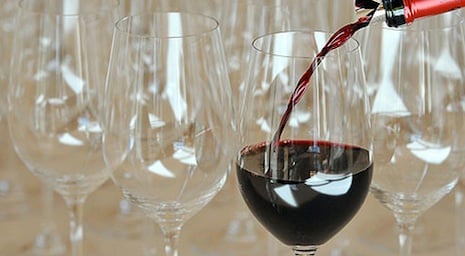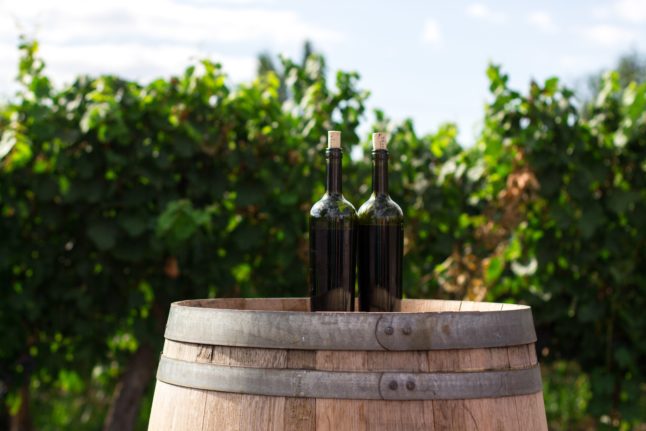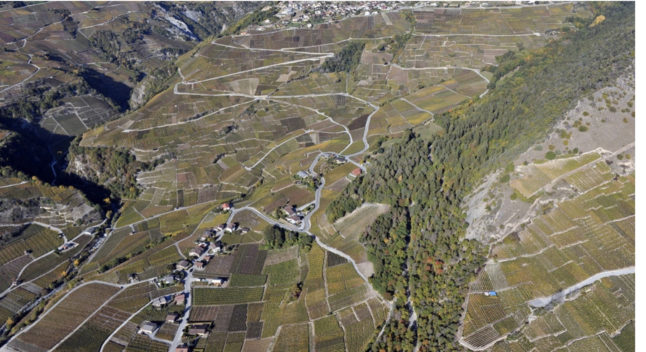In 2012, Swiss consumption of pure alcohol per capita for those 15 years and older was 9.9 litres, compared with an estimated 9.1 litres for the 34 member countries of the Organization for Economic Cooperation and Development.
In a report released on Tuesday, the Paris-based body warned that drinking among women and children is on the rise, while the average amount of alcohol quaffed by residents of largely affluent OECD countries was twice the global rate.
Estonia (averaging 12.3 litres per person per year), Austria (12.2 litres) and France (12 litres) had the highest consumption.
OECD members Norway, Iceland, Poland, Finland, Britain and Ireland, also notched up large increases in alcohol consumption during the study period.
But consumption across the 34 rich economies studied by the OECD declined by 2.5 percent on average over the same period.
Those countries below the OECD average included South Korea, the United States and Canada, while the lowest on the list were Israel and Turkey.
In Switzerland, though overall alcoholic intake has fallen since 1980, the report said kids are starting to drink when they are younger, although the legal age for drinking beer and wine is 16 and 18 for spirits.
“Initiation into alcoholic drinking happens at increasingly early ages,” it said.
“In Switzerland the proportion of 15-year-olds who have experienced alcohol increased from 55 percent in 2002 to 73 percent in 2010.”
This compared with Norway where youths are least exposed to liquor and where the proportion of 15-year-olds who tried tippling fell to less than 30 percent.
The report showed that more young people in Switzerland were drinking than their counterparts elsewhere in Ireland, the Netherlands, Sweden, Portugal, Estonia, Belgium, Canada and Finland.
But the share of 15-year-olds who have drunk alcohol was higher in the UK, Italy, Austria, Poland, Hungary, Slovenia and Denmark.
In the Czech Republic, the study found that more than 90 percent of boys and girls in that age bracket had tried drinking.
The average consumption of alcohol by Swiss residents is distorted because some people drink considerably more than others.
The study found that the heaviest drinking fifth of Switzerland’s population consume almost 54 percent of the booze.
Compared to other countries in the OECD, the Swiss have “somewhat milder levels of taxation of alcohol”, particularly for beer and no taxation for wine, but “relatively higher” levels of taxation for spirits.




 Please whitelist us to continue reading.
Please whitelist us to continue reading.
Member comments